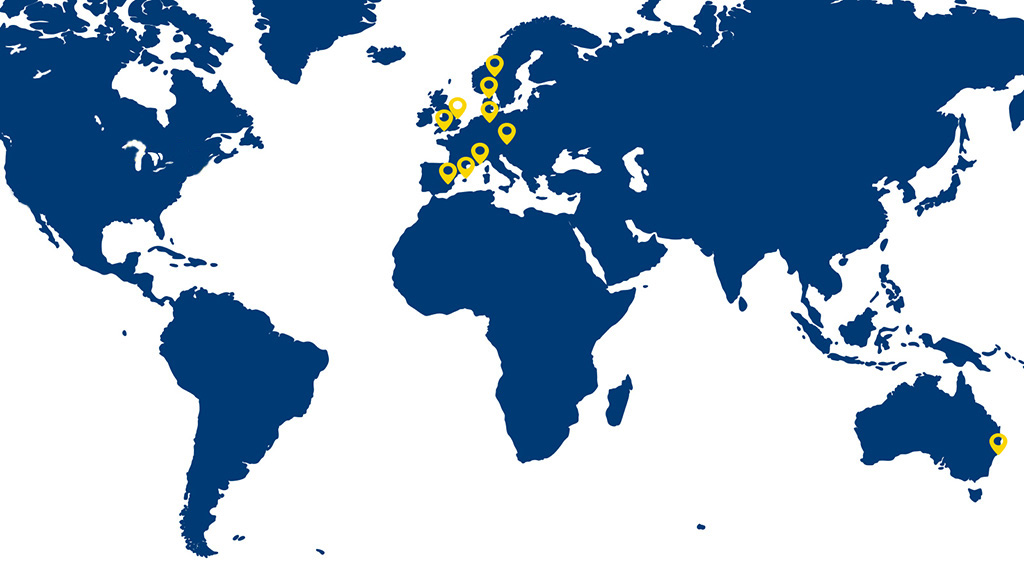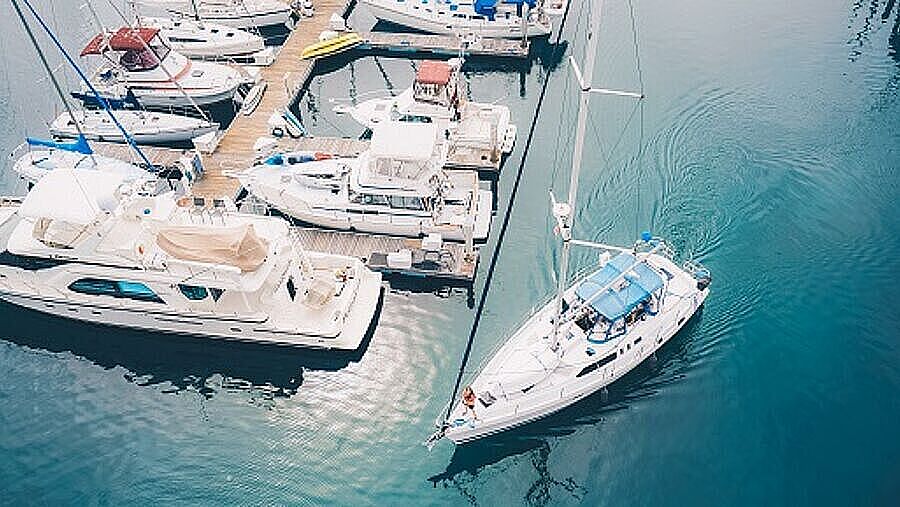From vintage beauties to high speed powerboats, certain types of boats naturally warrant more caution from insurers. While each offers unique enjoyment, these boats often come with specific risks that may call for closer scrutiny., Here’s why insurers may approach these vessels with added caution.
Older boats have charm, but their structures and systems can pose risks. Over time, boats are more likely to have hidden wear, outdated systems and harder-to-source parts. As boats age, they’re more vulnerable to structural issues and breakdowns, making insurers cautious. From our perspective, the best way for owners of older boats to appeal to insurers is by maintaining thorough inspection and maintenance records. Regular servicing and timely repairs show that, despite the boat’s age, it is well cared for, an essential factor for insurability.
Powerboats are made for speed, which inherently raises their risk of accidents, even for experienced operators. Speed is exhilarating, but it brings added risk. Insurers take this into account, recognising that powerboats, due to their performance capabilities, may be involved in incidents more frequently. For Pantaenius UK, a high-performance vessel with a documented safety protocol and a history of responsible usage will be more appealing, demonstrating that safety is prioritised even in high-speed situations.
A custom or homemade boat has personal charm, but it also presents unique challenges for insurers. Unlike production models with consistent, tested designs, custom boats often lack standardised safety features and build quality. While we’re not opposed to custom vessels we pay close attention to the construction quality and safety considerations. If your boat was built from scratch or heavily modified, having it inspected by an accredited surveyor can provide insurers with the reassurance that it meets high standards of safety and craftsmanship.

